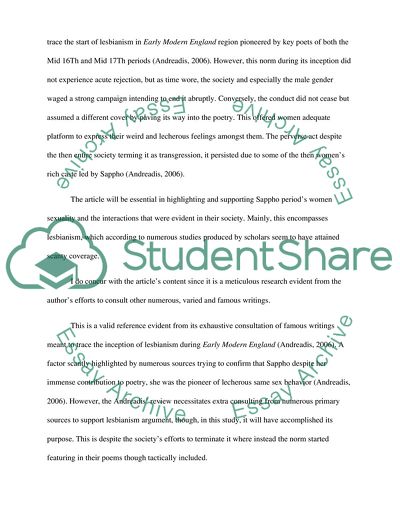Cite this document
(“Literature Reviews Essay Example | Topics and Well Written Essays - 1000 words”, n.d.)
Retrieved from https://studentshare.org/literature/1612174-literature-reviews
Retrieved from https://studentshare.org/literature/1612174-literature-reviews
(Literature Reviews Essay Example | Topics and Well Written Essays - 1000 Words)
https://studentshare.org/literature/1612174-literature-reviews.
https://studentshare.org/literature/1612174-literature-reviews.
“Literature Reviews Essay Example | Topics and Well Written Essays - 1000 Words”, n.d. https://studentshare.org/literature/1612174-literature-reviews.


